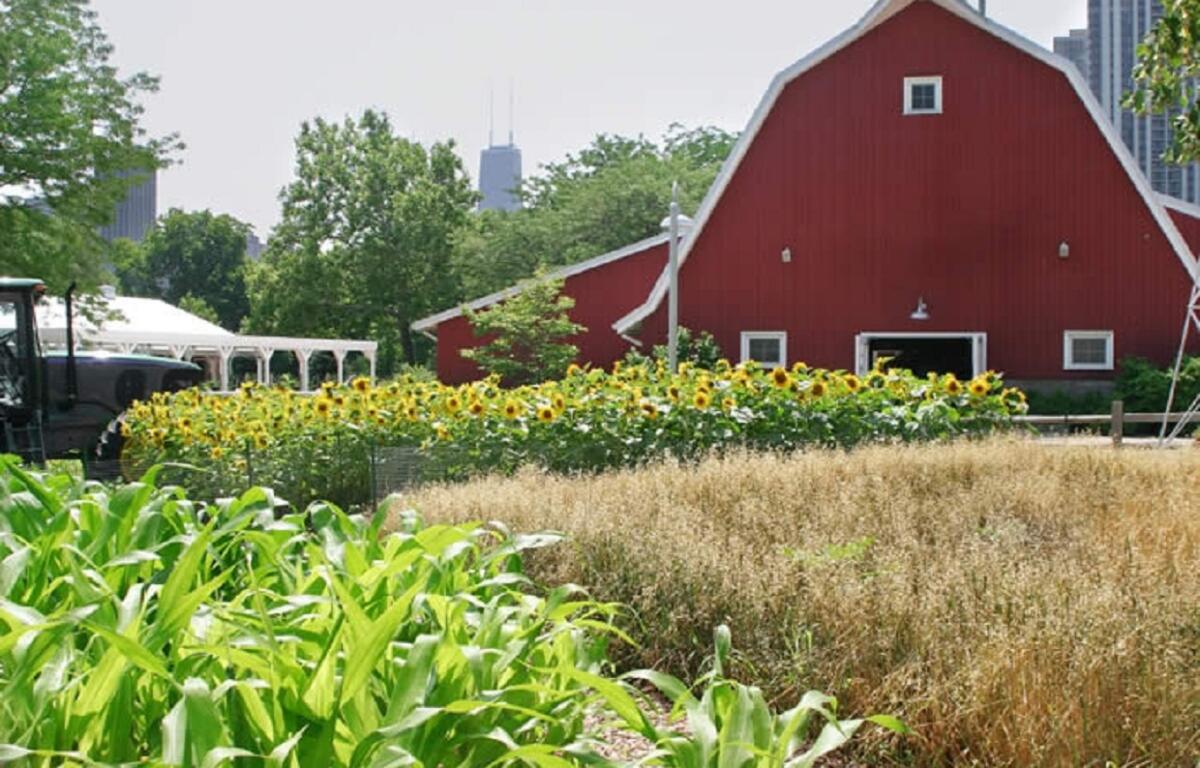Farmers were grateful for the storms that moved through the area Thursday afternoon bringing much needed moisture to crops.
But the middle of the country remains extraordinarily dry.
Crops are stressed, rivers are running low, and cities and towns are anxiously hoping for a break in the weather.
Experts say it’s the worst drought in the central U.S. since at least 2012. In some areas, it’s drawing comparisons to the 1988 drought that devastated corn, wheat and soybean crops.
Reduced corn yields won’t necessarily mean higher costs for consumers because much of it is used for feed, ethanol or is exported.
The real impact is on the farmers, whose cost-per-acre is the same regardless of how much they produce.




